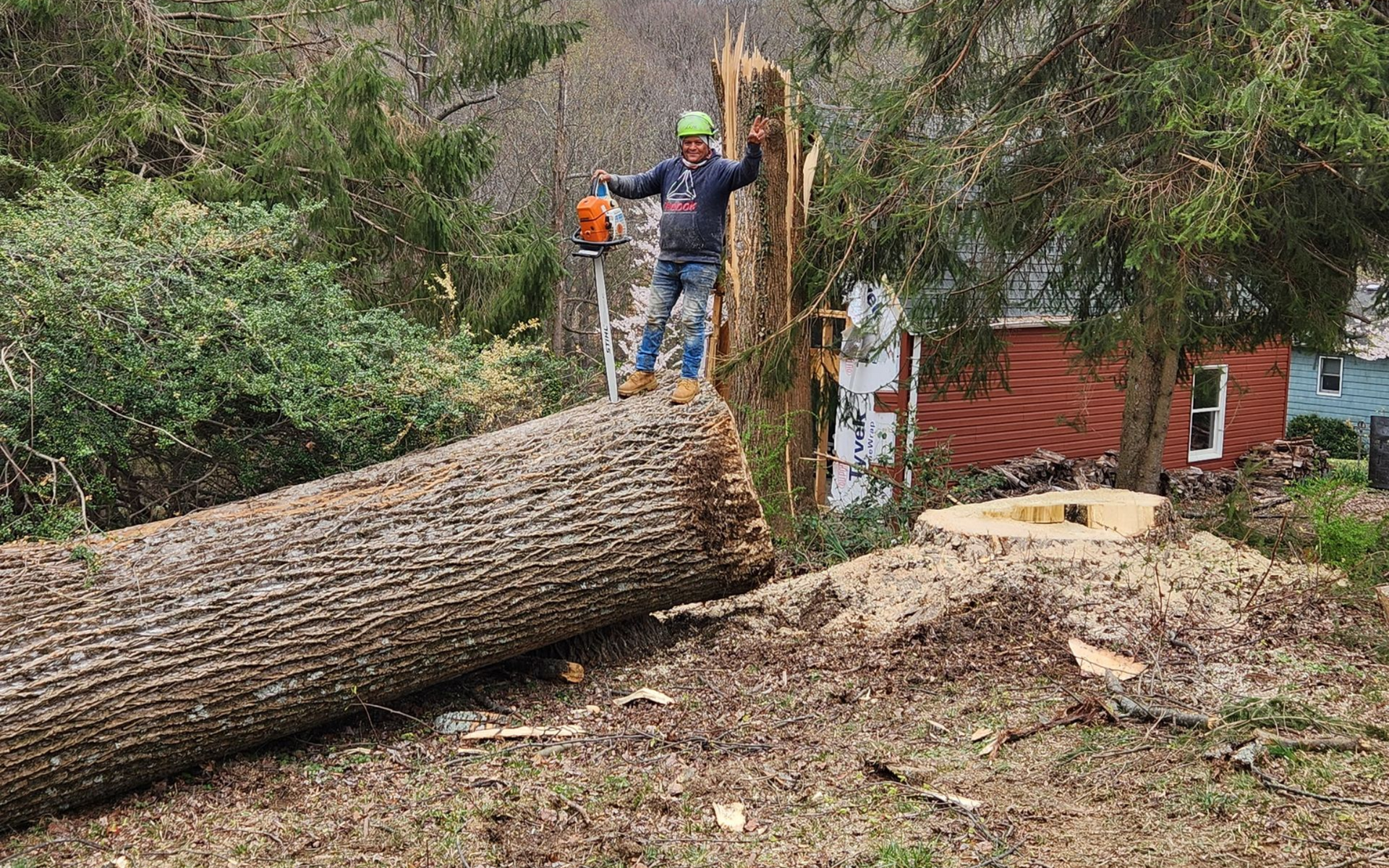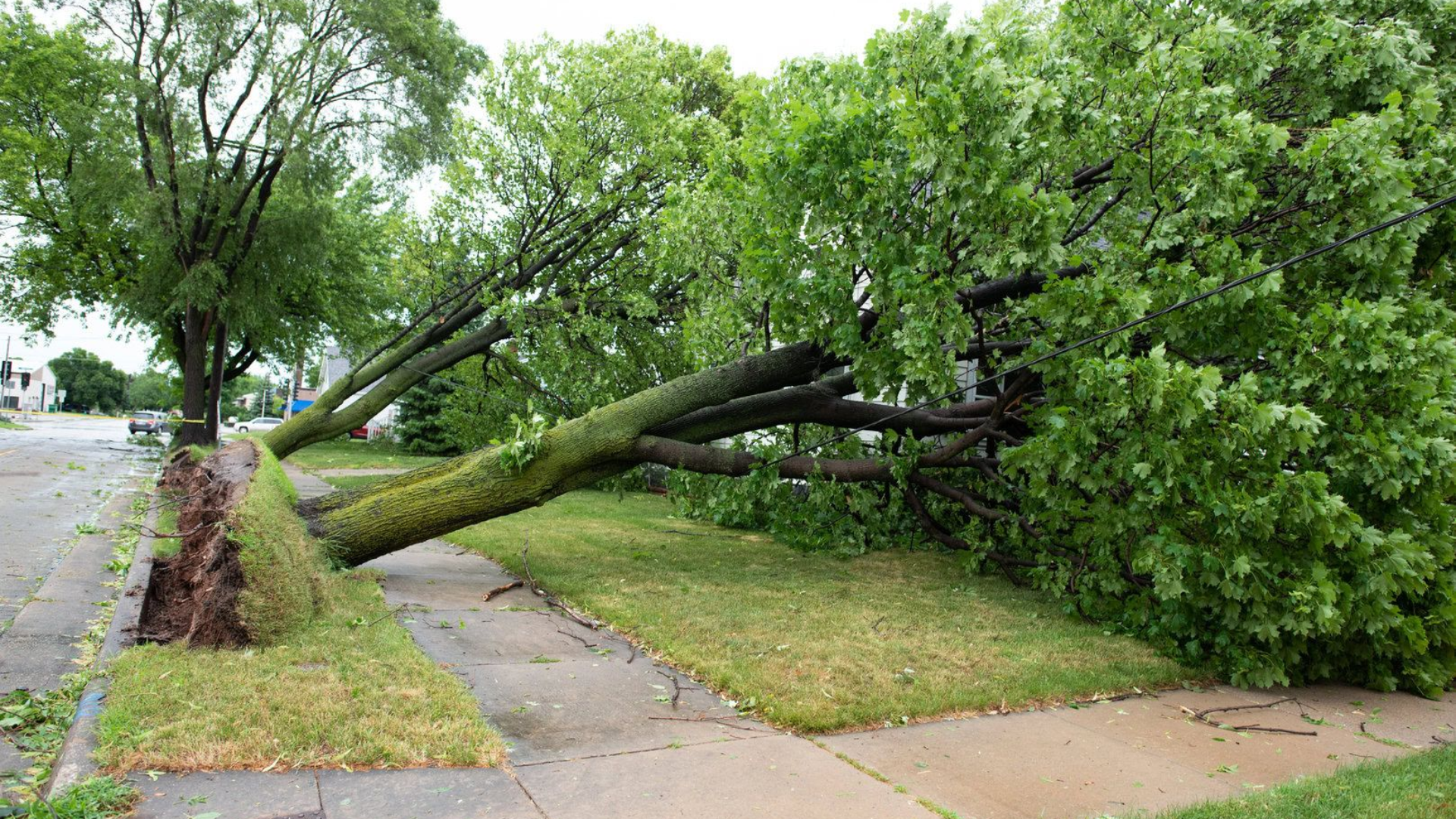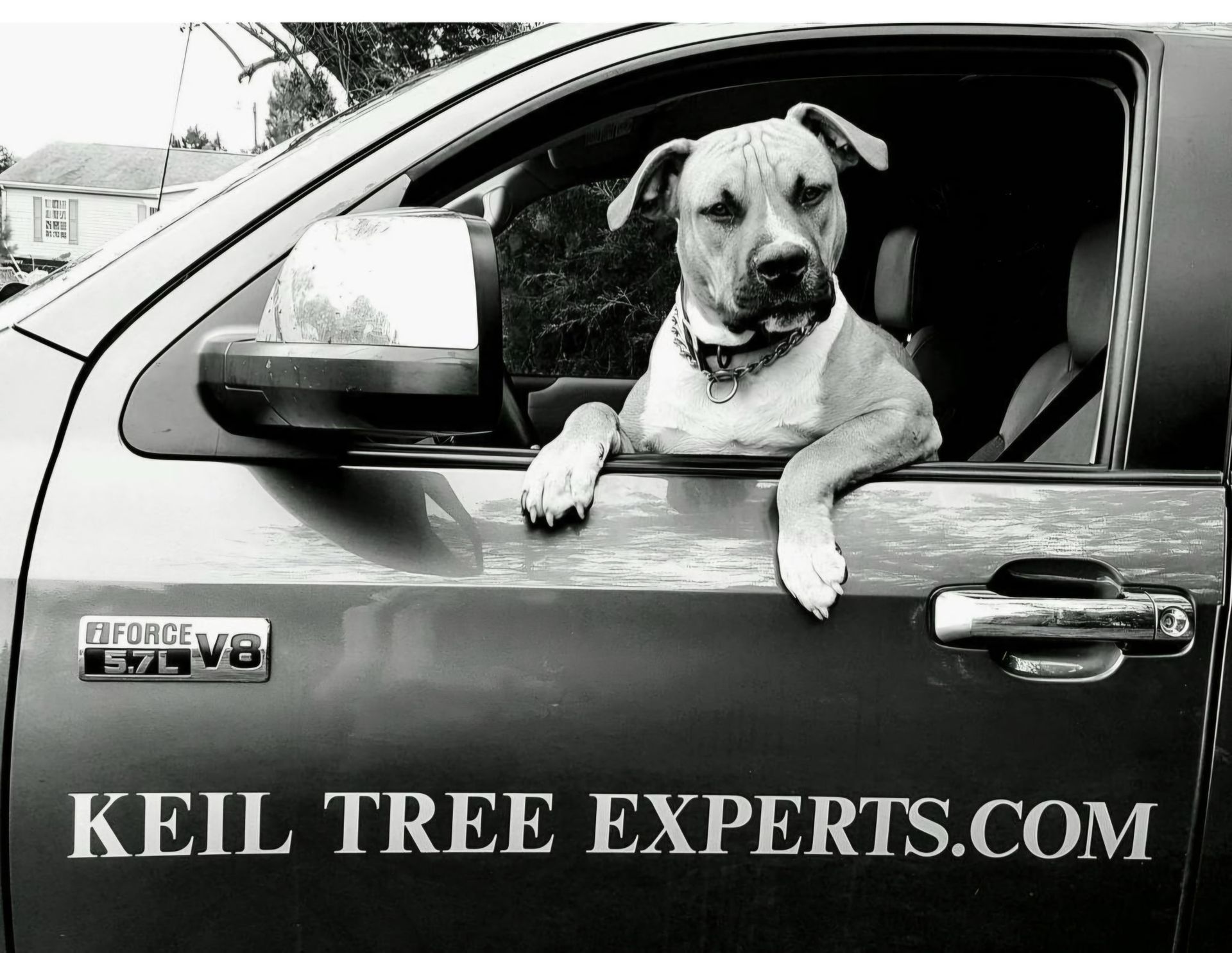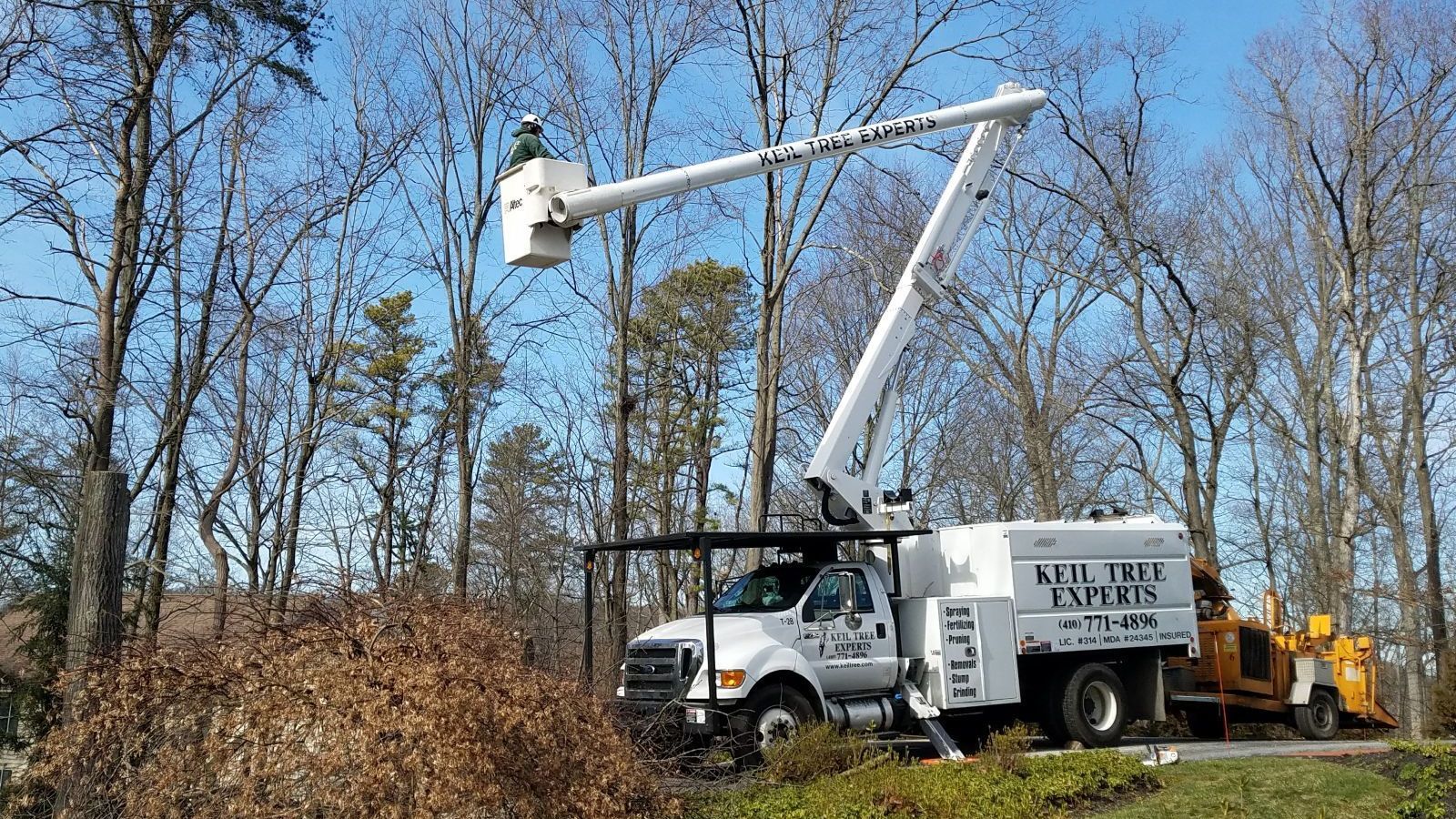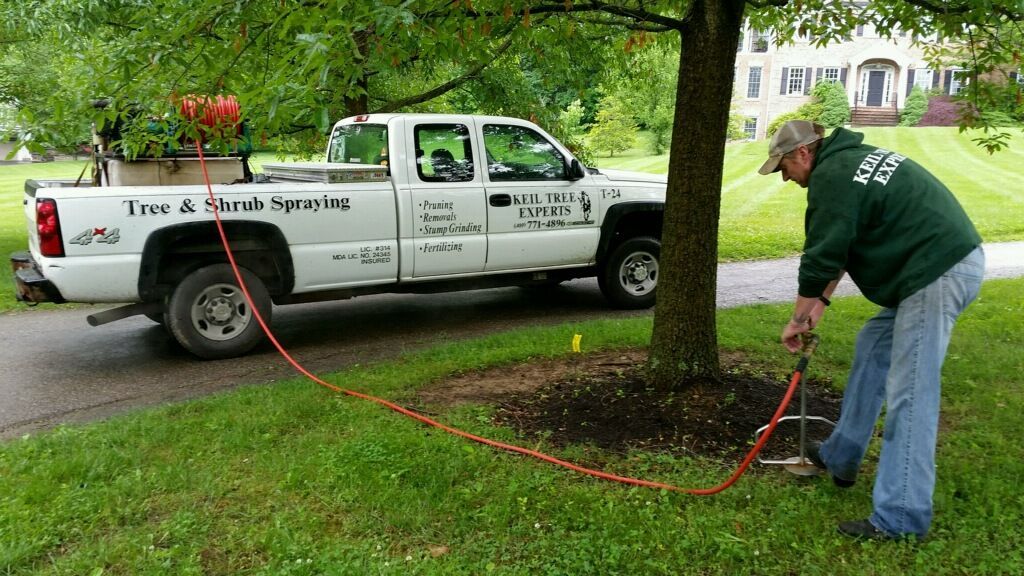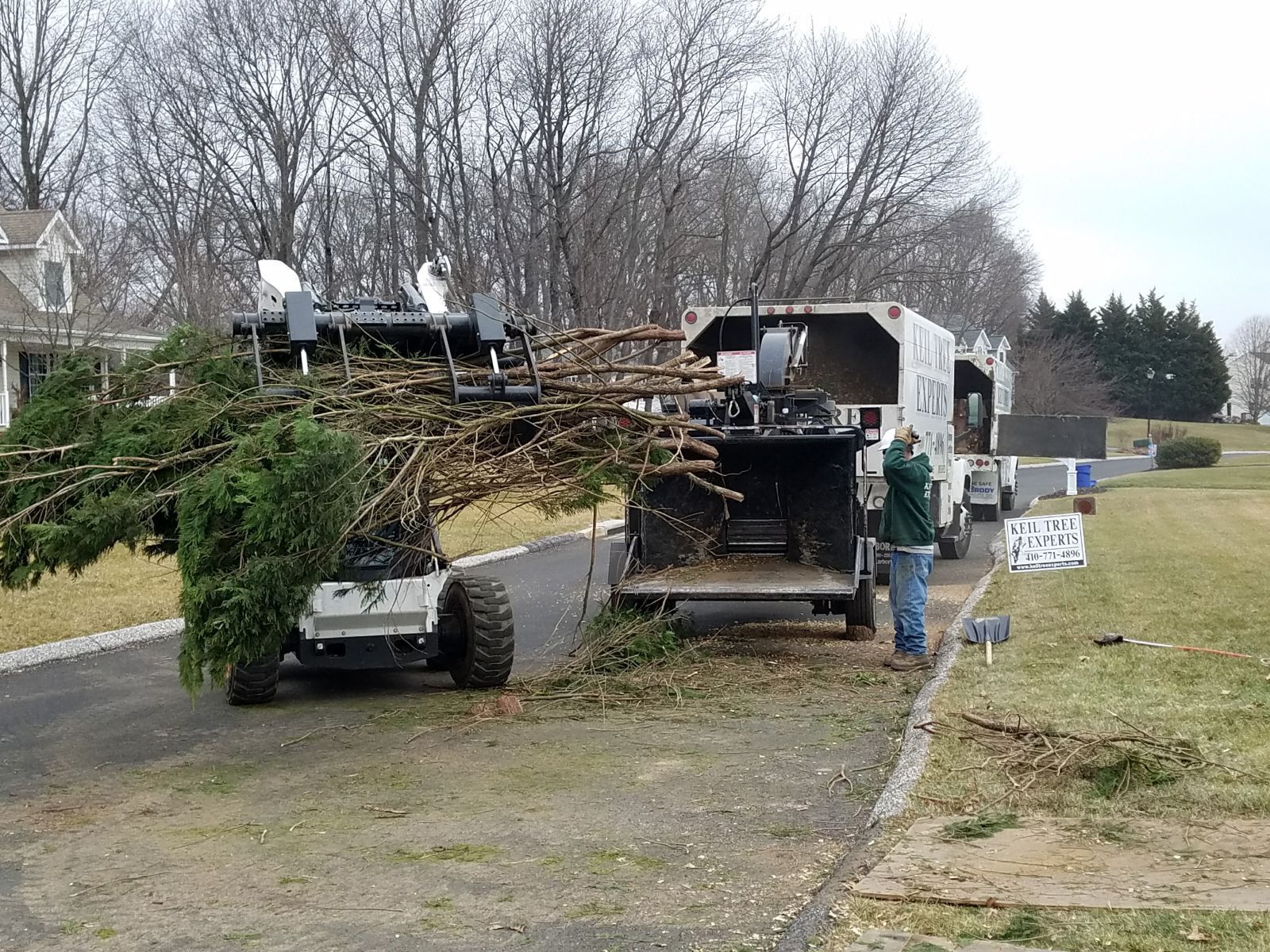Dying Tree Signs: How to Know When It’s Time for Tree Removal
How to Spot a Dying Tree and Prevent Hazards in Maryland
Not all trees show obvious signs when they’re in decline. A tree that looks mostly fine on the outside could be hiding serious structural issues that put your property—and your safety—at risk. Spotting a dying tree early can make the difference between a quick fix and an emergency. Knowing what to look for can also help you make informed decisions about whether trimming or removal is needed.
If you're concerned about a tree on your property, here's what to watch for—and when to call in the professionals.

Why Tree Health Matters
A dying tree isn’t just unsightly. As its structure weakens, it becomes more likely to drop limbs or fall altogether. That could mean thousands in property damage, injuries, or even legal liability. Regular tree inspection is one of the best ways to avoid these risks. Tree care professionals can identify signs of stress or disease early and recommend the right solution, whether it's trimming or full removal.
In Maryland, where summer storms and variable weather are common, even a small problem can escalate fast.
Common Signs a Tree Is Dying
You don’t need to be an arborist to spot early warning signs. Here are a few of the most common indicators that a tree may be in decline:
1. Cracked or Peeling Bark
Bark protects the inner layers of a tree. When it starts falling off in large chunks or cracking vertically, that can be a sign of internal decay or disease.
2. Dead or Falling Branches
An occasional dead branch isn’t uncommon, but if your tree is dropping limbs frequently or has many bare, brittle branches, it may be in serious trouble. These should be evaluated immediately by a professional arborist.
3. Fungal Growth
Mushrooms or fungus growing at the base of the tree or along its trunk often indicate internal rot. While not every fungus is harmful, some species are a clear sign of decay in the root system or heartwood.
4. Sparse or Discolored Leaves
If leaves are falling off early in the season, growing only on one side, or turning brown before they should, this could be a sign of stress, root damage, or pest infestation. Tree trimming may help in some cases, but if the canopy continues to thin, tree removal may become necessary.
5. Leaning or Shifting Position
A tree that’s suddenly leaning or appears to be uprooting is a major red flag. This often signals that the root system is failing, which makes the tree unstable and dangerous.
Spotting any of these dying tree signs early gives you a better chance of saving the tree—or safely removing it before it becomes a hazard.
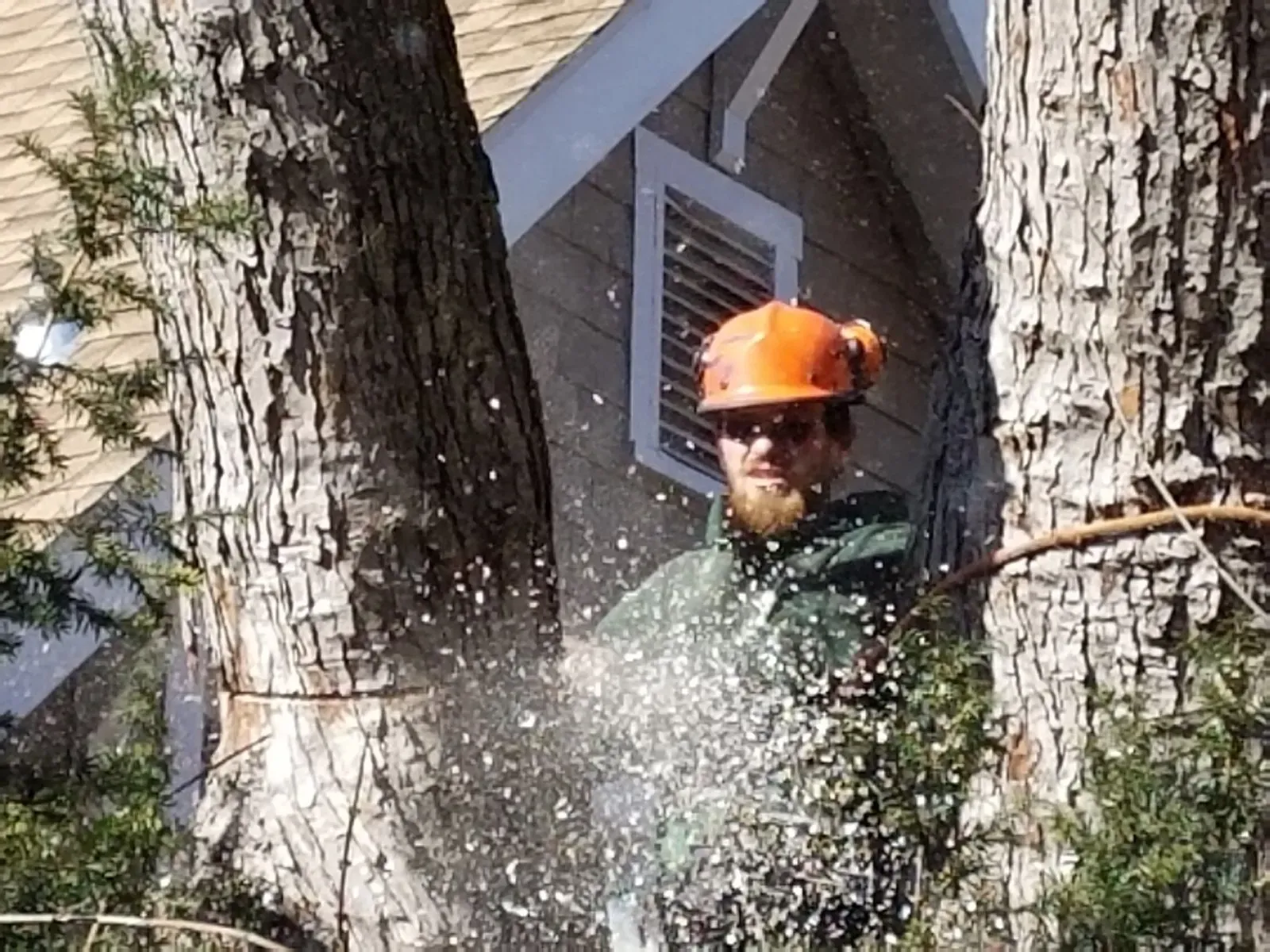
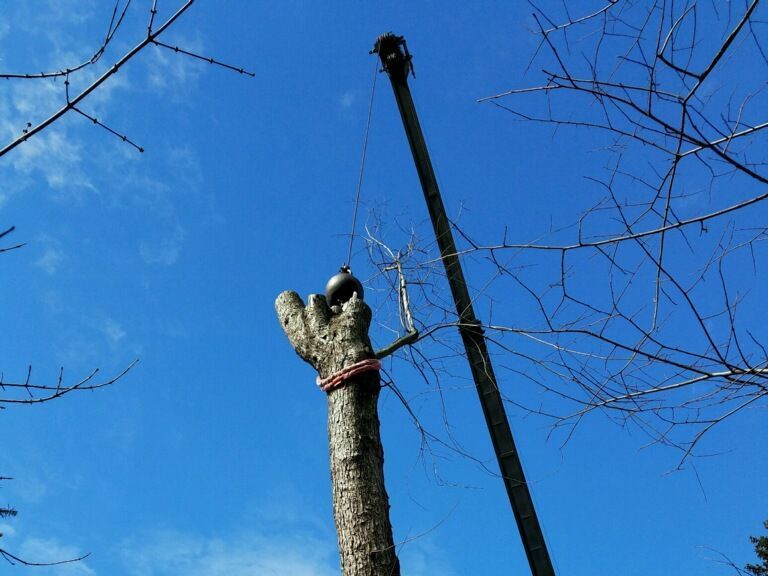
When It’s Time for Tree Removal
Sometimes, despite your best efforts, a tree can't be saved. If the trunk is hollow, large limbs are dead or broken, or the entire tree is leaning dangerously, it's time to consider hazardous tree removal. In Maryland, this is especially important during hurricane season and heavy summer storms, when weak trees can become serious threats to homes and power lines.
A qualified tree service can assess whether a tree poses an immediate danger and help you plan for safe and efficient removal.
Why Hire a Professional Arborist
Tree care isn’t just about chainsaws and ladders. A professional arborist understands the biology of trees and can spot subtle signs of stress or disease that most homeowners miss. They also know when tree trimming is enough—and when it’s time for more serious intervention.
Plus, a licensed tree service will have the proper equipment and safety training to do the job right, whether that means bracing a weakened tree or completing a full removal.
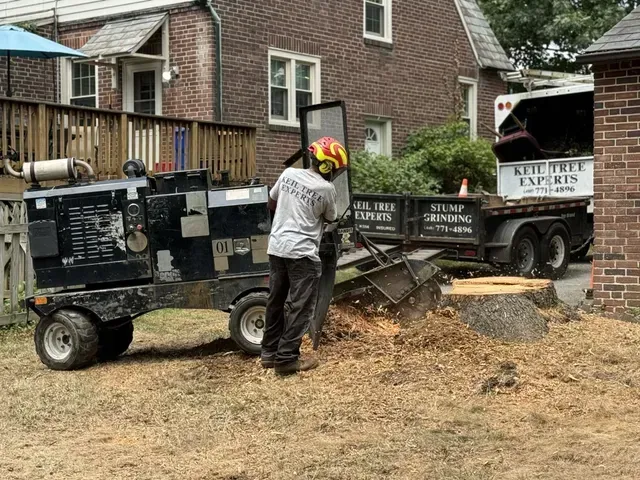

Don’t Wait for a Tree to Fall
If you’re unsure about a tree on your property, don’t wait for the next storm to find out the hard way. Schedule a tree inspection today and get expert guidance on what to do next.
Keil Tree Experts has been helping homeowners and property managers protect their investments with reliable, expert tree service in Maryland. Whether you need trimming, removal, or just peace of mind, we’re here to help.
Contact us today!


